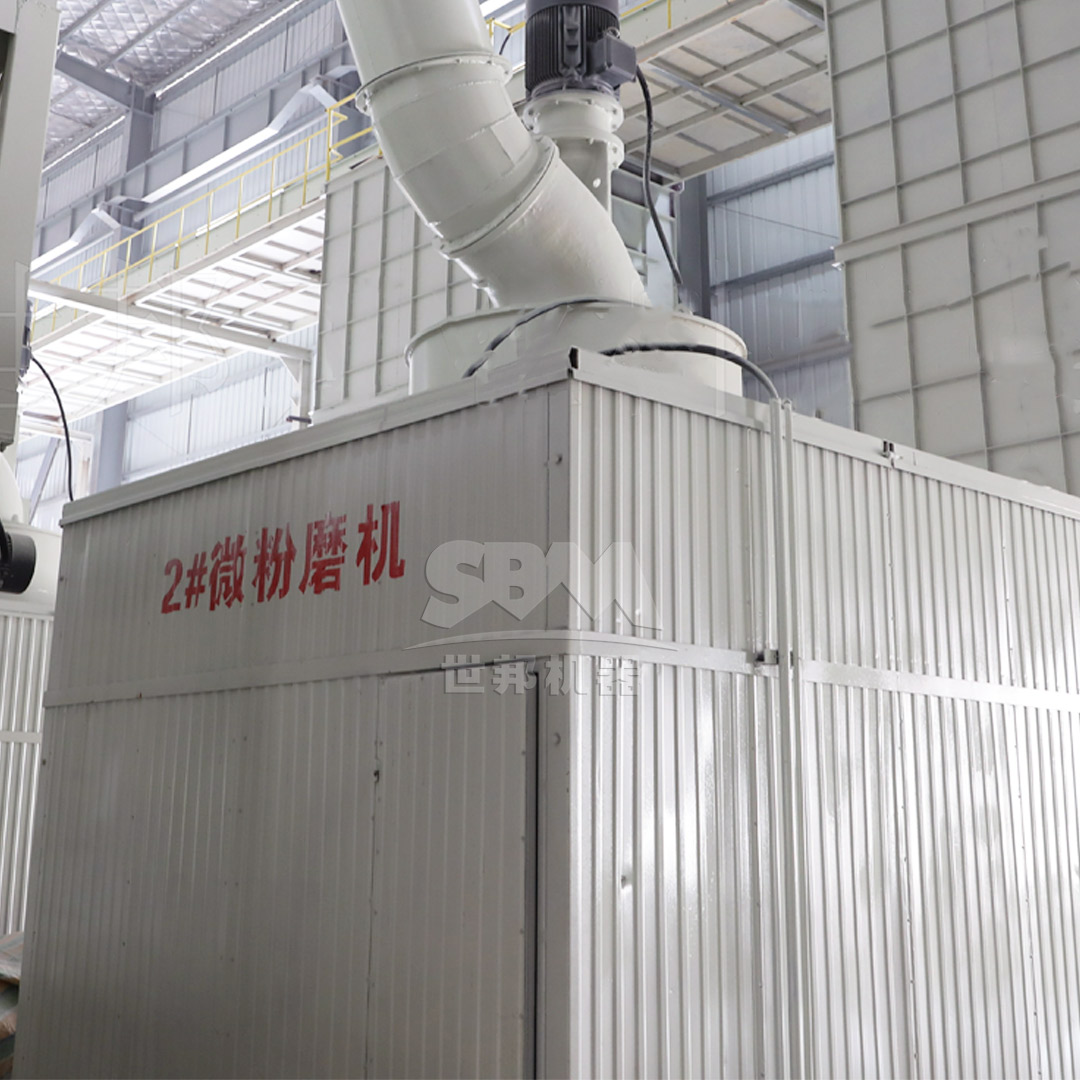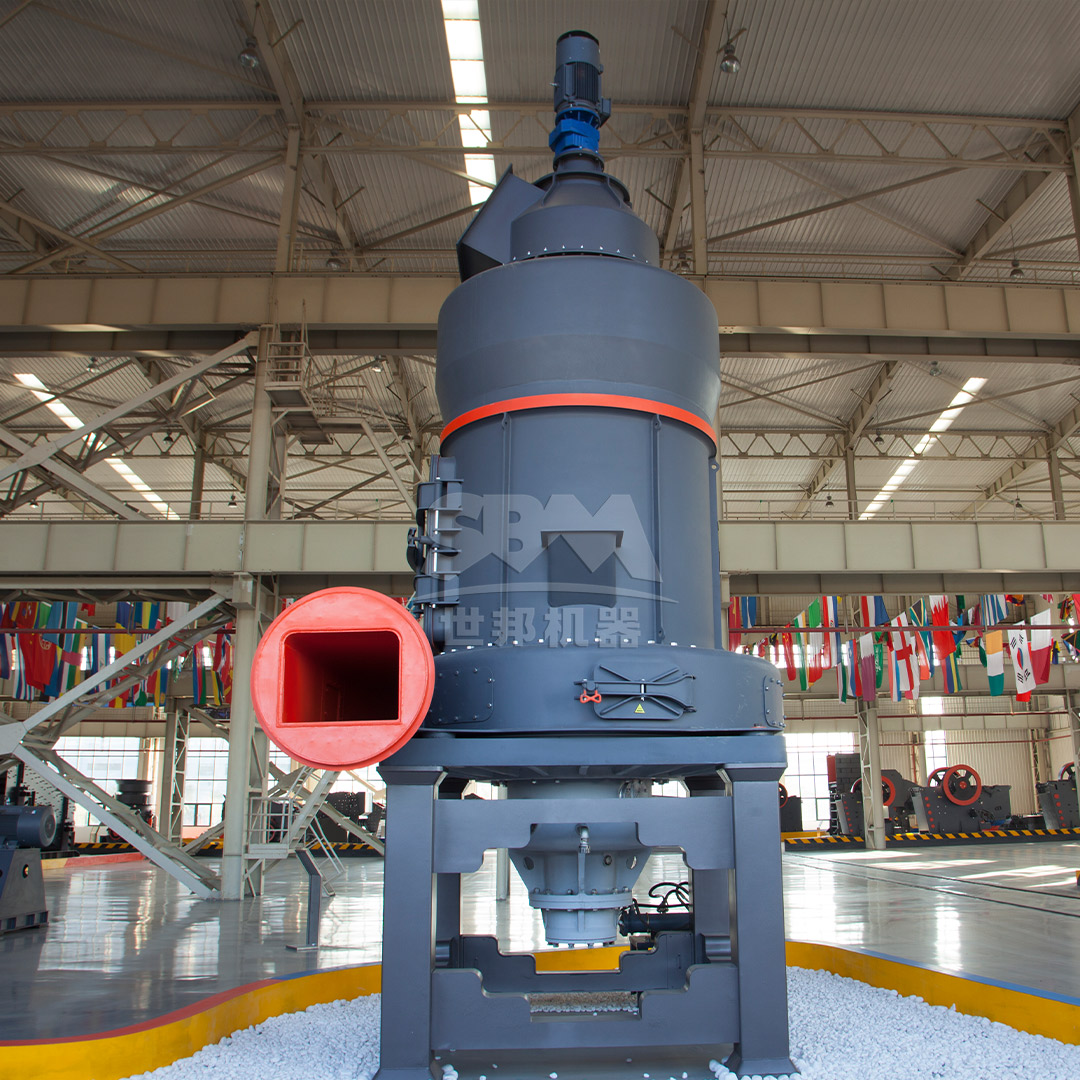The construction industry is continuously evolving, demanding materials with enhanced performance characteristics to meet the challenges of modern infrastructure. Among these materials, finely ground dolomite has emerged as a critical component in high-performance construction applications. The optimization of dolomite grinding processes is paramount to achieving the desired material properties that contribute to durability, strength, and sustainability in construction projects. This article explores the technical requirements for dolomite grinding and presents advanced milling solutions that can significantly improve product quality and operational efficiency.

Dolomite, a calcium magnesium carbonate mineral (CaMg(CO₃)₂), possesses unique properties that make it valuable in various construction applications. When properly processed, dolomite contributes to:
The effectiveness of dolomite in these applications is directly related to its particle size distribution, surface area, and particle morphology – all of which are determined by the grinding process.
| Application | Target Particle Size (D97) | Specific Surface Area (m²/kg) | Key Performance Indicators |
|---|---|---|---|
| High-performance concrete | 5-45μm | 400-600 | Compressive strength, permeability |
| Architectural coatings | 2-20μm | 600-800 | Opacity, weather resistance |
| Polymer composites | 1-10μm | 800-1200 | Impact strength, dimensional stability |
| Specialty mortars | 10-75μm | 300-500 | Workability, bond strength |
Dolomite presents specific challenges in grinding operations due to its mineralogical characteristics and the stringent requirements of construction applications. Key challenges include:
Addressing these challenges requires specialized grinding equipment designed specifically for mineral processing applications.
Modern grinding technology has evolved significantly to meet the demanding requirements of dolomite processing for construction materials. The selection of appropriate grinding equipment depends on the target particle size, production capacity, and specific application requirements.
For applications requiring ultrafine dolomite powders (D97 ≤ 5μm), advanced milling systems offer unparalleled performance. Our SCM Ultrafine Mill represents the cutting edge in ultrafine grinding technology, specifically engineered to handle the challenges of dolomite processing.
The SCM series achieves remarkable fineness levels of 325-2500 mesh (45-5μm) while maintaining high throughput capacities of 0.5-25 tons per hour. This equipment incorporates several innovative features that make it particularly suitable for high-performance construction materials:
With models ranging from the compact SCM800 (0.5-4.5 t/h) to the high-capacity SCM1680 (5.0-25 t/h), this mill series provides scalable solutions for operations of all sizes.

For applications requiring medium to fine dolomite powders (30-325 mesh), the MTW Series Trapezium Mill offers an optimal balance of precision, efficiency, and reliability. This European-style grinding mill incorporates advanced engineering principles to deliver consistent performance in dolomite processing.
Key advantages of the MTW Series for construction material production include:
The MTW Series handles feed sizes up to 50mm and delivers production capacities from 3-45 tons per hour, making it suitable for medium to large-scale dolomite processing operations. The comprehensive model range ensures that operators can select equipment precisely matched to their production requirements.
Beyond equipment selection, several operational strategies can optimize dolomite grinding for construction applications:
Proper preparation of dolomite before fine grinding significantly impacts overall process efficiency. Implementing appropriate crushing stages to achieve optimal feed size distribution reduces energy consumption in subsequent grinding operations. Our Hammer Mill series provides excellent pre-grinding solutions with output sizes of 0-3mm, creating ideal feed material for fine grinding mills.
Critical parameters that require optimization include:
Implementing real-time monitoring and control systems ensures consistent product quality. Modern grinding mills feature integrated automation that continuously adjusts operational parameters based on product quality feedback, maintaining target specifications despite variations in feed material characteristics.

The selection of grinding technology must balance performance requirements with economic viability and environmental responsibility.
Advanced grinding systems offer significant energy savings compared to conventional technologies. Our SCM Ultrafine Mill demonstrates 30% lower energy consumption than comparable jet mills while delivering twice the production capacity. Similarly, the MTW Series incorporates energy-saving features that reduce overall operational costs.
Modern grinding equipment addresses environmental concerns through:
When evaluating grinding equipment, considering total lifecycle costs rather than just initial investment provides a more accurate economic picture. Durable components, reduced maintenance requirements, and energy efficiency contribute significantly to long-term operational economics.
A recent implementation of our SCM Ultrafine Mill in a construction materials facility demonstrated remarkable improvements in product quality and operational efficiency. The facility, producing high-performance concrete additives, achieved:
This case study illustrates the tangible benefits that advanced grinding technology can deliver in real-world construction material production scenarios.
The evolution of dolomite grinding technology continues to address the changing needs of the construction industry. Emerging trends include:
Optimizing dolomite grinding processes is essential for producing high-performance construction materials that meet the demanding requirements of modern infrastructure projects. Advanced grinding technologies, such as our SCM Ultrafine Mill and MTW Series Trapezium Mill, provide the precision, efficiency, and reliability needed to achieve superior product quality while maintaining economic viability.
By selecting appropriate grinding equipment and implementing optimized operational strategies, producers can unlock the full potential of dolomite in construction applications, contributing to more durable, sustainable, and high-performing built environments. The continuous advancement of grinding technology promises even greater opportunities for innovation in construction material production in the years ahead.